|
Nov/Dec 2021 edition Issue #19 AutoMobilia Resource Magazine Story by Jeff Zurschmeide. Photos supplied by Brumos. Please do not duplicate. Mention Brumos Racing to anyone in motorsports and they’ll immediately think of Hurley Haywood and Peter Gregg’s dominating success in the Porsche 911 of the late 1960s and early ’70s, but the story starts long before they arrived on the scene, and continues to this day. Sean Cridland has catalogued the entire history of Brumos in a packaged set of three books – one can only call it a compendium – with amazing attention to detail and unparalleled access to company and personal records. The salient thing to know about this set of books is that it’s almost 1,500 pages long, and there’s no fluff. This is a detailed history with no stone left unturned, supported by documents and photographs that could only come from the Brumos company archives and the people who lived this history. Through it all, Cridland has an easy, conversational writing style that reflects his long career as an automotive journalist. Readers of Porsche Panorama and Excellence magazines will have seen his byline many times, and he is also the co-author of Haywood’s autobiography, “Hurley: From the Beginning.” The story begins with the Brundage family history in the 20th century, their relationship with the Curtiss aviation enterprise, and how they moved to Florida and got involved in Volkswagen car dealerships. The genesis of the Brundage Motors (“Bru-Mos”) name is covered from the earliest usage, with documentary evidence. One new thing I learned was that Hubert Brundage was instrumental in the creation of SCCA’s popular Formula Vee class, which is based on early 1960s VW running gear. The Brundage story fills the first 300 pages – a solid book in its own right. Page 290 transitions the story to Gregg, at the time a 25-year-old Navy lieutenant who took over the Brumos Porsche dealership in 1965. Cridland presents a detailed background biography of Gregg, including the naval origin of his preferred racing number, 59. (Spoiler: It was the identification number of the USS Forrestal CV-59, the world’s first supercarrier.) The rest of the first volume, through page 463, covers Gregg’s life and career through 1969, including his first racing efforts with another young military man, Haywood. The second volume is where this work really hits its stride. Starting in 1970, the Brumos team was involved in IMSA, SCCA, Trans Am, and Can Am racing, with Gregg and Haywood leading the charge and turning a solid team into a legend. This epoch of the Brumos story fills almost 500 pages, ending with Gregg’s tragic suicide in 1980, following a debilitating crash. Again, Cridland has access to documents that illustrate the entire story, and he does not gloss over the hard parts; he presents the facts as they happened. The final 500 pages in Volume 3 track the Brumos legacy from 1980 to the present, through a variety of series, sponsorships, ownership changes, and a cast of drivers selected from racing’s top echelons. The information in this volume fleshes out just how important an organization Brumos has remained over the past 40 years. Cridland gives some background to Haywood’s emergence as an advocate for LGBT issues, and why he ultimately decided to come out publicly. He also follows the original Porsche dealership as it changed hands and names, and the establishment of the Brumos Collection museum. The three-volume hardbound set comes with its own slipcase decorated in Brumos livery with Gregg’s number on the outside. The books are printed on archival-quality gloss-finish paper, with each page measuring 11 inches square, which provides enough space for the photos to be printed in exquisite high resolution. Detail-oriented readers will appreciate the fact that the volumes are indexed, and the photos credited. I must emphasize the photos and reproductions of letters and documents. There are thousands of each, and it’s rare to see a page without illustration. The documents are impressive, including telegrams, receipts, contracts, and personal letters. The bottom line is that Cridland has compiled the definitive story of Brumos. This is the masterpiece of a lifetime devoted to automotive history. Anything further on the topic will be a shadow of this work. Fans of Porsche, Brumos, Gregg, Haywood, and racing in general should consider this book set a cornerstone of their motorsports library. The book set is expected to be available in November, through the Brumos Collection BrumosBook.com. “The Brumos Edition” three-volume set we reviewed retails for $559.59. That edition will be a one-time print run of 1,500 copies. Additionally, there is the “Numbered Collector’s Edition” of 348 copies, which includes a fourth book of reference data and is signed by many important people in the Brumos story. That set retails for $959.59. Finally, there will be an “Ultimate Artist’s Edition” of only 10 copies with hand-painted slipcases, and the Brumos Collection requests personal inquiries for interest in those copies. Jeff Zurschmeide To read more great automotive book columns like this one from Automotive book expert Jeff Zurschmeide...
Subscribe to AutoMobilia Resource
0 Comments
Nov/Dec 2021 edition Issue #15 AutoMobilia Resource Magazine Interview of Stanley Wanlass by Jeff Zurschmeide Photos by Stanley Wanlass Stanley Wanlass might fairly be called a Renaissance man. He’s an automotive sculptor, which is why we’re here, but he has also been a professor at the European Art Academy in Paris and at the Université de Grenoble. He is a renowned sculptor of heroic historical monuments. On top of all that, he’s a writer and a painter, he went to medical school, and he designed the well-known Wanlass aerodynamic windshield for vintage ’32 Ford hot rods. Wanlass is, as the saying goes, a man for all seasons. Even with all that, Wanlass is best known for his ultra-detailed automotive sculptures. While he has worked in stone and other materials, Stan found his muse working in Bronze with the lost wax process. That muse has given him a career that has seen his work displayed in museums around the world and even in the White House. The lost-wax process allows him to create limited editions of his sculptures, which makes them more accessible to the collector community. We sat down with him for a chat about automotive sculpture in particular, but we soon discovered that his automotive art is inextricably connected to everything else. Jeff Zurschmeide (JZ): Your background and your artworks are more varied than most artists. How did you land in this career? Stanley Wanlass (SW): When I was at the university in the late Fifties and early Sixties, it was almost impossible to make a living as an artist. So in order to make a living, I went into my second interest at the time, which was medicine. When I went into medicine, and then through art, philosophy, and history, I learned not only about aesthetics but insights as to how people thought; their dignity, and their failings. Sometimes the best way to your goal is not a straight line. So much more can be learned following a diagonal or a zig-zag line. The study of anatomy and other areas of medicine made me a better artist and a broader human being. Also, to this day, I am creatively inspired by my studies of literature and music. JZ: How does all of that come together and inform your work? SW: My love for the automobile and for history has been paramount in my life and led to my passion for creating historical monuments, automotive sculpture, and paintings. I’ve always loved cars. I have built them and collected them all of my life. They are kinetic, and to me, they symbolize the ultimate expression of human freedom. The automobile was the only really new significant art form of the 20th century. JZ: Tell me the story of the Christmas sculpture, Santa’s New Toy. Is that a particular make and model he’s driving? SW: I’ve always imagined Santa in an early car. The design is similar to an early Mors or Renault, but numerous cars from 1901 to about 1906 used that scuttle-nose design. It’s just out of my imagination, but it’s what I imagined Santa would choose. JZ: The detailed work on the sculpture is amazing. How did you develop all that? SW: To stay true to the period, I researched the toys that were available in antique catalogs, and there were hundreds of different toys available. I had to purchase some so I could see them and feel them and then sculpt them. So, it seemed only natural to use Rudolph with a red nose as a hood ornament! The list in Santa’s hand has the good kids on one side and the bad kids on the other. I’d sometimes put the purchaser’s name at the top of the good list. I always try to personalize things when I can, and I hide a lot of “raisins in the cookie.” If people will involve themselves in the piece, they’ll find those raisins. I put them in all my bronzes. 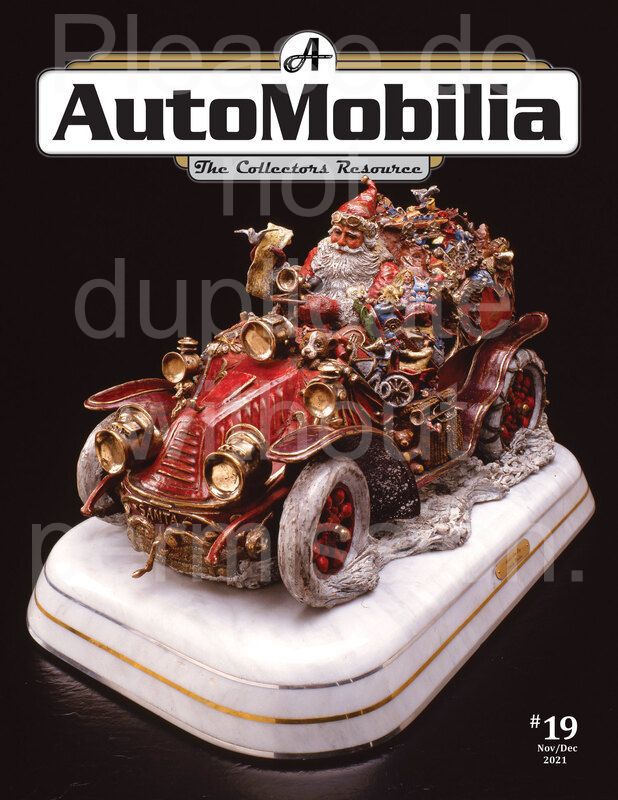 Featured on this issue’s cover of AutoMobilia Resource magazine is “Santa’s New Toy.” A 28" long bronze on Carrara marble/metal base which was released in 1988 as an edition of 88. In December of 1988, Regis & Kathie Lee introduced this incredible hand-painted sculpture on their annual ABC TV Christmas show. It was on its way to the White House for the unveiling of the National Christmas Tree at President Ronald Reagan’s request! JZ: The base for the sculpture is impressive. What is it made of? SW: The base is made of Carrara marble. I wanted it white like snow. It comes from the same quarry that Michelangelo’s “David” was carved from. I only wanted the best for this sculpture. Periodically, a marble base would break in shipment, so I now have the marble slabs sandwiched with sheets of bronze and silver muntz alloy, mounted on a turntable. JZ: How did your sculpture end up at the White House?!? SW: Two or three people called me, and one was the the official “Santa” for the White House. He said President Reagan had requested this sculpture. I told him there was one that was on display in New York, and he could use that one. We presented it on the Regis & Kathie Lee show. They had it on display for all of the Christmas celebrations that year. JZ: You made Santa’s New Toy as a limited edition in 1988. Are there any examples left for sale? SW: Yes, I still have about seven or eight. There are a crazy number of Santa collectors out there, and also automotive collectors, so I made 88 of these, to match the year in which the edition started. (1988). They are available for $87,500.
JZ: How many examples do you normally make for a given sculpture in an edition? SW: I have some that are editions of 10, 18, 30, 40, and 55 for James Dean. Some artists make 500 or 5,000 or even 25,000 copies in their limited editions, which is just silly and cheapens the art. JZ: Do you have a favorite automotive piece you’ve made? SW: I have favorites in certain areas, but it’s like choosing your kids; I couldn’t say. But, I love “The Wasp” because it represents the beginning of racing in America. I love “Pur Sang” because women are beautiful and cars are beautiful, but you put them together and it becomes more than the sum of the parts. And I love the “New York-to-Paris” piece because of its historic value. If I had to choose, I think “New York to Paris” is most precious to me. JZ: Is there a proudest or best moment in your career that stands out for you? SW: Probably it was when Peter Helck, who is worshipped by every automotive artist, gave me accolades. He wrote about the artist Walter Appleton Clark, who died at age 30, and said, “Had he lived… the rest of us automotive artists would look like amateurs. That is, excepting Wanlass.” That affected me more than anything I can remember. JZ: Reading things you’ve written and said before, you mention that you often take some artistic license with strict facts in favor of truth. What does that really mean, and what truth do you get out of it? SW: For example, in one of my Lewis and Clark monuments, I show Lewis and Clark together at the ocean. In reality, they were never together on the beach. But reaching the ocean was the spiritual climax of their journey together. To me, that’s truth. Here’s another example: the 500K Mercedes is one of the most beautiful automobiles ever made. It’s great viewed at a human height, but if you get up on a ladder and look down on it, it looks like a fat toad. There are a lot of cars that are meant to be seen from one angle, but my sculptures cannot only be seen from human height because they’re smaller. So I’m responsible for every angle and direction. I know everything about the car’s dimensions mathematically, but I have to change what’s there in order to give the spirit of what it is to the viewer. Sometimes I have to make it longer, less wide, and sometimes I’ll change the ellipse of the wheels a little. JZ: Your historic sculptures are quite a different direction from your automotive art. Do you think one style informs the other? SW: Very much so. To me, the more arrows I can have in my quiver, the better prepared I am to make a statement. It’s a subjective statement, to be sure, but it’s my statement. Of all the 900 billion people who have lived, no two are the same, so it’s crazy to try to compete with other people, other artists. You just have to build on your experience and what is precious to you and what you have a passion for. If you can do that, no one else can compete with you, and you can’t compete with anyone else. Make statements that speak the truth and that are important to you. JZ: Do you take commissions? If so, how would one go about commissioning a piece? SW: I used to do commissions, but I found out that unless it was something I really wanted to do, it tended towards mediocrity. I was sculpting somebody else’s dream. If it was something I was interested in, I’d do it, but if I couldn’t get a feeling for it, I’d pass on it. I’ve tried to make the statements I wanted to make. If people like them they can buy them. If they don’t, then there are other artists around who might meet their needs. This doesn’t mean I don’t take commissions; I do if they work for me. JZ: Is there a place someone could view all your works? SW: There are a lot of one-off pieces and commissions that are lost to history, but most of the sculptures and paintings I’ve created are shown on my website, StanleyWanlass.com. If someone is interested in a particular sculpture, they can contact me through the site. JZ: What does the future hold for you? SW: My eyes are not as good as they were. I don’t think I’m going to do any more small sculptures, so those are disappearing rapidly. I’m getting to be old, but I feel like I’m 25 and I’d like to continue to be able to work. I just need another 150 years to complete what I’m working on! But no one gets that; you have a certain amount of time allotted. By any measure, Stanley Wanlass has used his time very well indeed. JZ [Editor’s note: Depending on the piece, and who and where a Wanlass sculpture is selling, the sold prices have ranged from low five figures to the mid-six figures. There are many variables.] To read more great automotive art columns like this one from Automotive Art expert Jeff Zurschmeide...
Subscribe to AutoMobilia Resource Mar/Apr 2021 edition Issue #15 AutoMobilia Resource Magazine Jeff Zurschmeide
But if you had told me that someone could get enough information together to write almost 300 pages about Jaguar key fobs in the 25-year period from 1955 to 1980, I’d have been incredulous. Yet here it is, gloriously published by Dalton Watson Fine Books. This is more than a photo book; it’s a reference work of great value to Jaguar enthusiasts and automobilia collectors generally. In all, there are three separate editions of this book available from the publisher. The basic edition (shown here) is an embossed black hardback with an image dust jacket, all housed in the image-wrapped slipcase for $95. There’s also a Deluxe edition, signed & numbered, limited to 100 copies, made in the same binding for $135. For the serious collector, just five copies are available leatherbound and embossed, housed in a leather-wrapped and embossed slipcase for $650. All three are available from Dalton Watson at DaltonWatson.com or 847-945-0568.
The result is a book that can take you to the next level of period correctness and authenticity in the complete presentation of your Jag. Beyond that, the information on production techniques and fob design will surely help any collector match a given fob of any brand to its proper era. A thorough reading of this book may inspire any automobilia collector to take a closer look through the piles of old keyrings one occasionally encounters at a swap meet. Once you’ve seen Marston’s light, you’ll be looking for more than your preferred brand logo on a fob you like. You’ll be better able to recognize the true collectibles from the knock-offs. For Jag collectors, this is a must-have reference. For everyone else, it’s a useful treatise that will have you digging through your own box of old keys to take a fresh look at your stash. Jeff Zurschmeide To read more great columns like this one from art & book expert Jeff Zurschmeide...
Subscribe to AutoMobilia Resource July/Aug 2019 edition Issue #6 AutoMobilia Resource Magazine Jeff Zurschmeide The day Niki Lauda passed away, I went to my bookshelf and pulled down his treatise, The Art and Science of Grand Prix Driving. It’s part memoir and part explication. That book got me thinking about the value of enjoying a good read, even if the story may be a little self-aggrandizing or jejune here and there. With that in mind, here are two books I believe have a place on any racing enthusiast’s shelf.
Yet there’s much more to this story than mechanics. Lauda can’t help but bring himself to the project, bluntly stating his beliefs on every topic. Further, his prose occasionally tends toward the purple: “We Ferrari men belong body and soul to our engines – we devote every ounce of our energy and emotions to these artefacts of aluminium, magnesium, and steel.” If that quote just made you smile, go get a copy of this book. From a collector’s perspective, you can take your pick of any number of printings. A first edition of the English-language version of this book sold on eBay for $118.75 in Feb. 2019. That was before Lauda’s death, and now there are some wild-eyed fantasy prices in the wake of his passing. Some asking prices are topping $500. However, with a little searching you can find a worn copy in the $40 range, but expect to pay about double for one in excellent condition At least seven editions have been printed. It is available in paperback, though the hardback editions are much more common owing to their greater durability. There are at least four versions of the cover art, but the most common hardbound edition shows a young Moss looking out from a silver Mercedes-Benz W196 grand prix car circa 1955. Moss told his story to legendary journalist Ken Purdy, and Purdy created a narrative using quotes to denote Moss’ actual words. The book is really Purdy’s biography of Moss, but with more input from Moss than is typical. Purdy delves deeply into the mindset of the racing driver of the era, when none truly expected to survive to the ripe old age Sir Stirling enjoys today. The book also panders to the aristocratic playboy image that Moss and many drivers of his day cultivated. One of the attractive things about this book is the number of excellent vintage photos included. Noted racing photojournalist Jesse Alexander provided most of them. Finally, a complete table of Moss’ career racing results is included as an appendix. There are some silly prices asked online for this book, but it’s easy to find a hardcover copy for $10-$20 in good condition, and less for the paperback. One thing––don’t rely on the photo of the cover art to get the edition you want. Some carry a disclaimer that the photo is illustration only and the actual cover, binding, and edition may vary. Jeff Zurschmeide To read more great columns like this one from art & book expert Jeff Zurschmeide...
|
Jeff ZurschmeideMakes his living prattling on about automobiles and automobilia all of the time... Archives
October 2021
Categories |
Home
|
Subscribe
|
|
Automobilia Resource LLC
1217 Cape Coral Pkwy East #178 Cape Coral, Florida 33904 Main office: 954-579-5280 Subscriptions: 224-558-8955 Editor: 631-258-9887 |
Copyright © 2023 Automobilia Resource LLC. All Rights Reserved

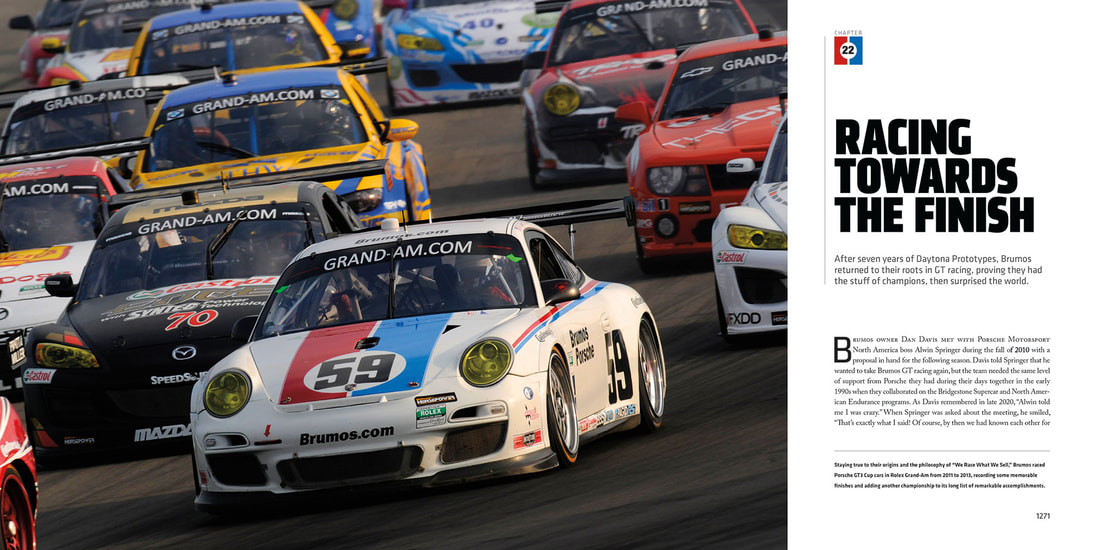
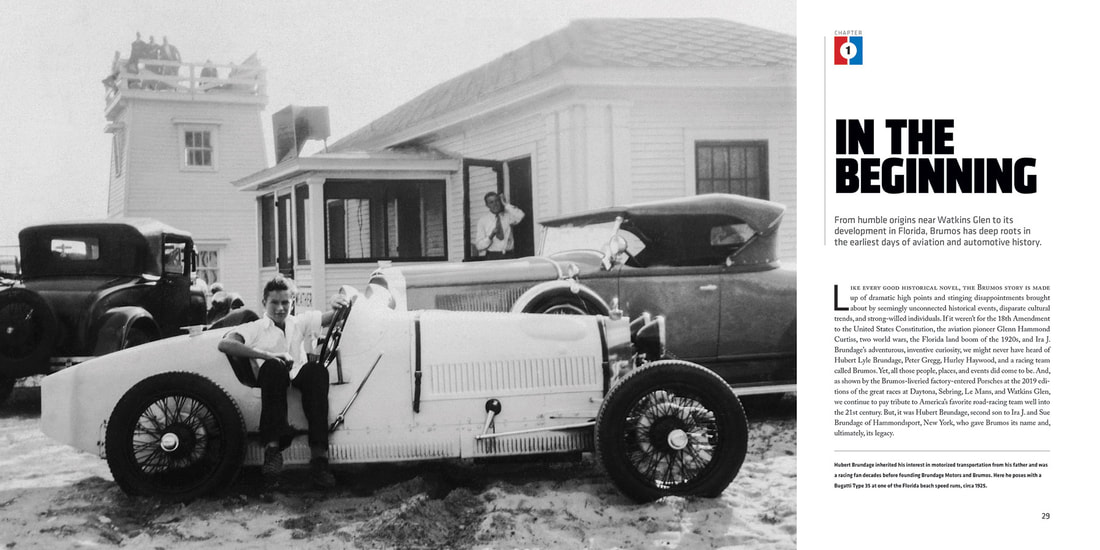
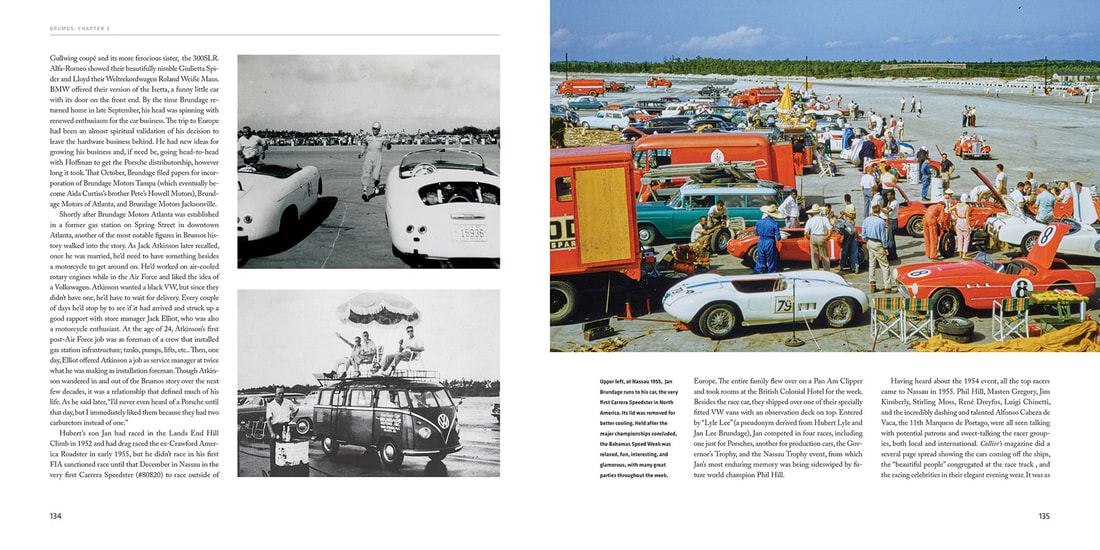
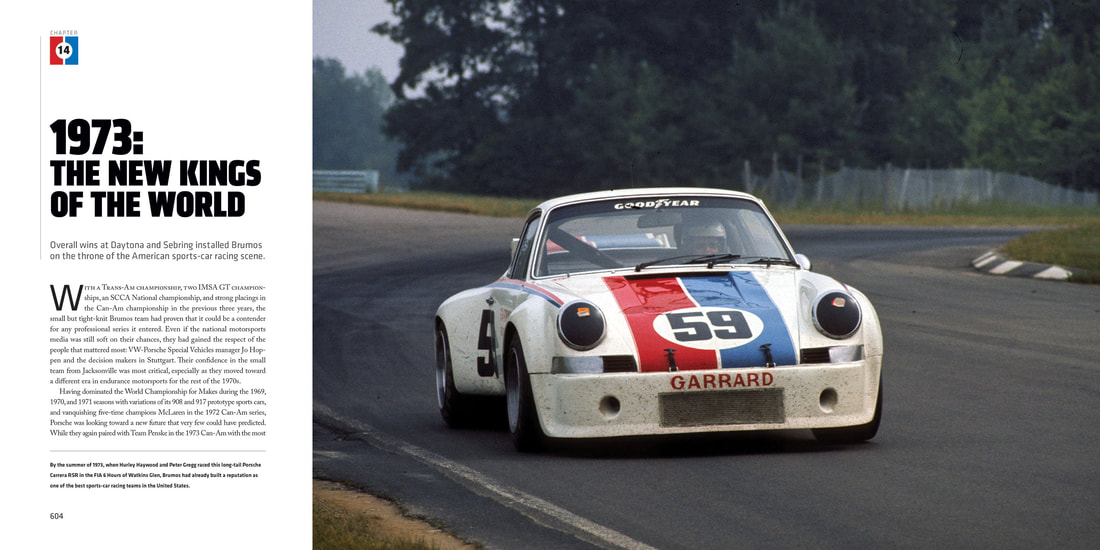
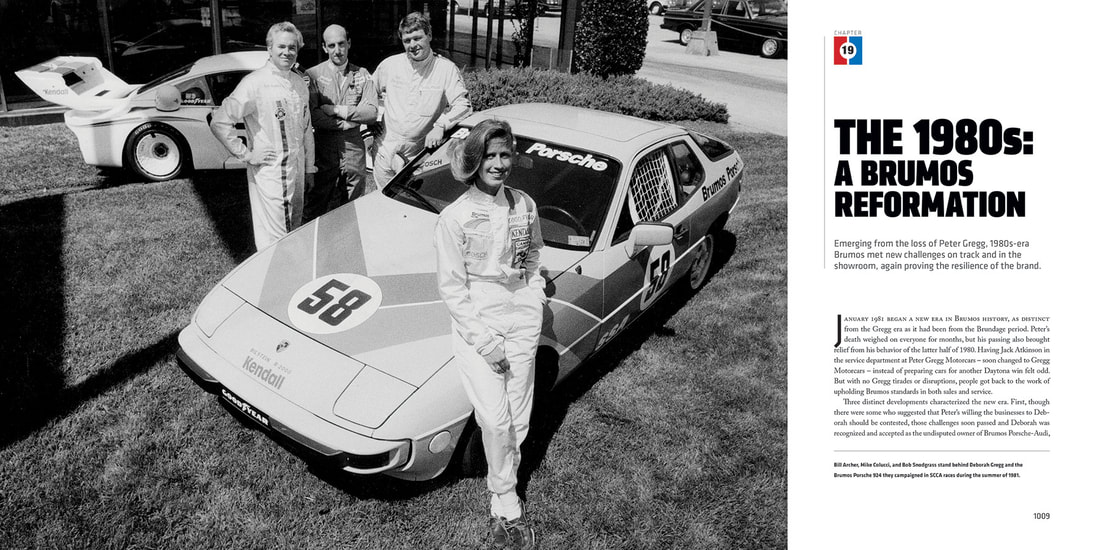
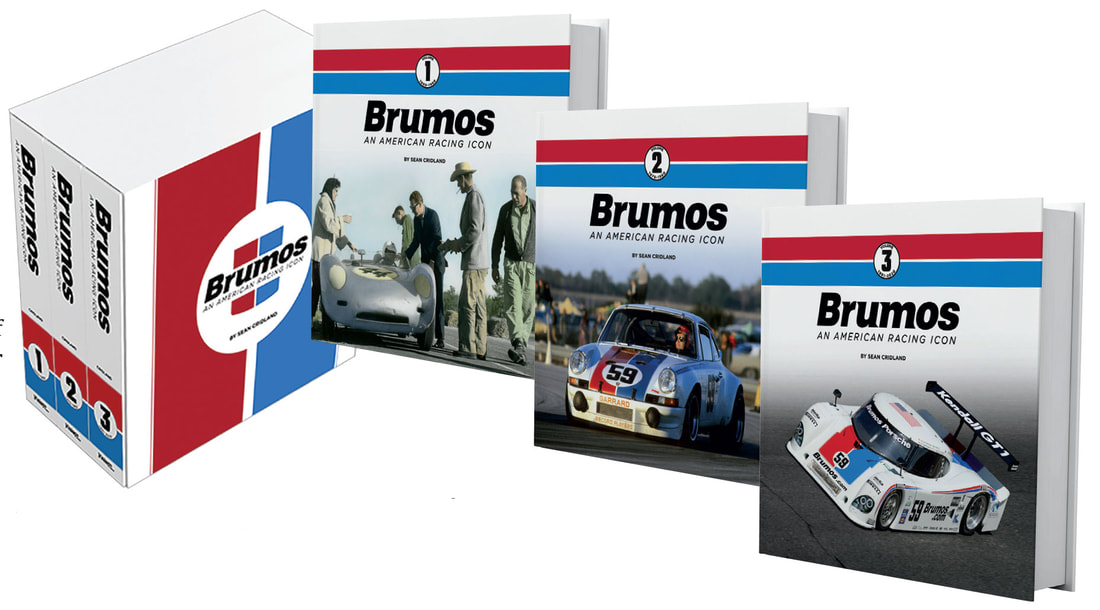
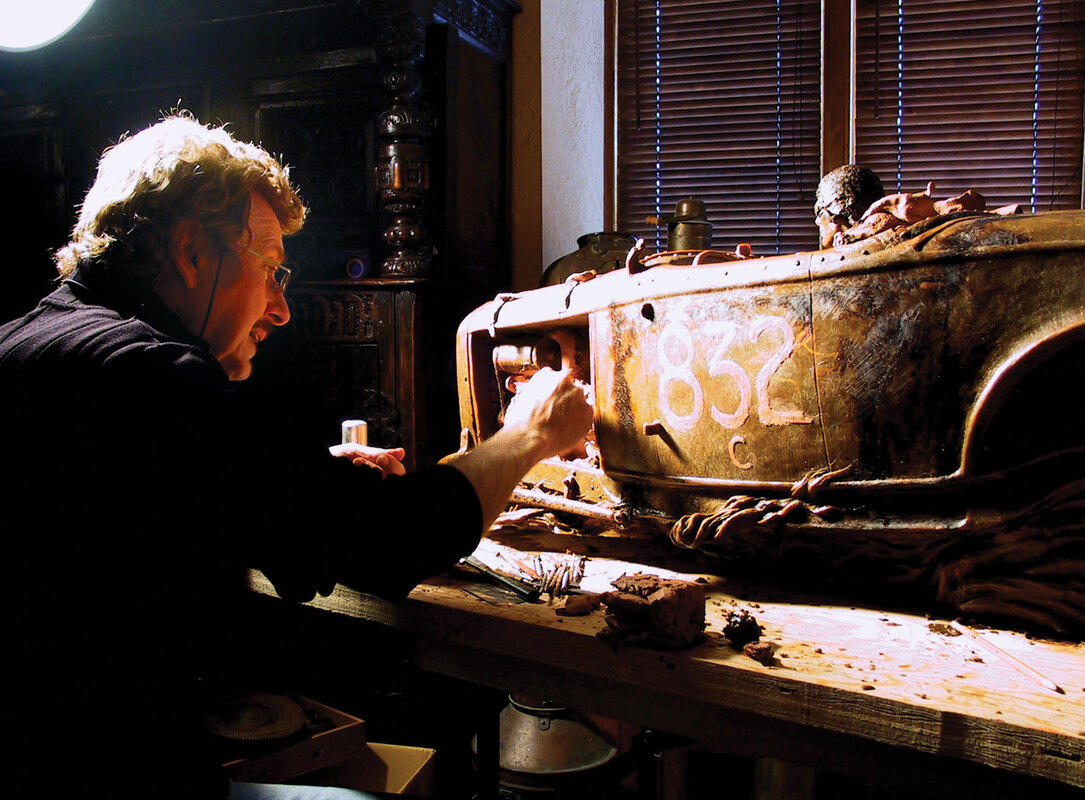
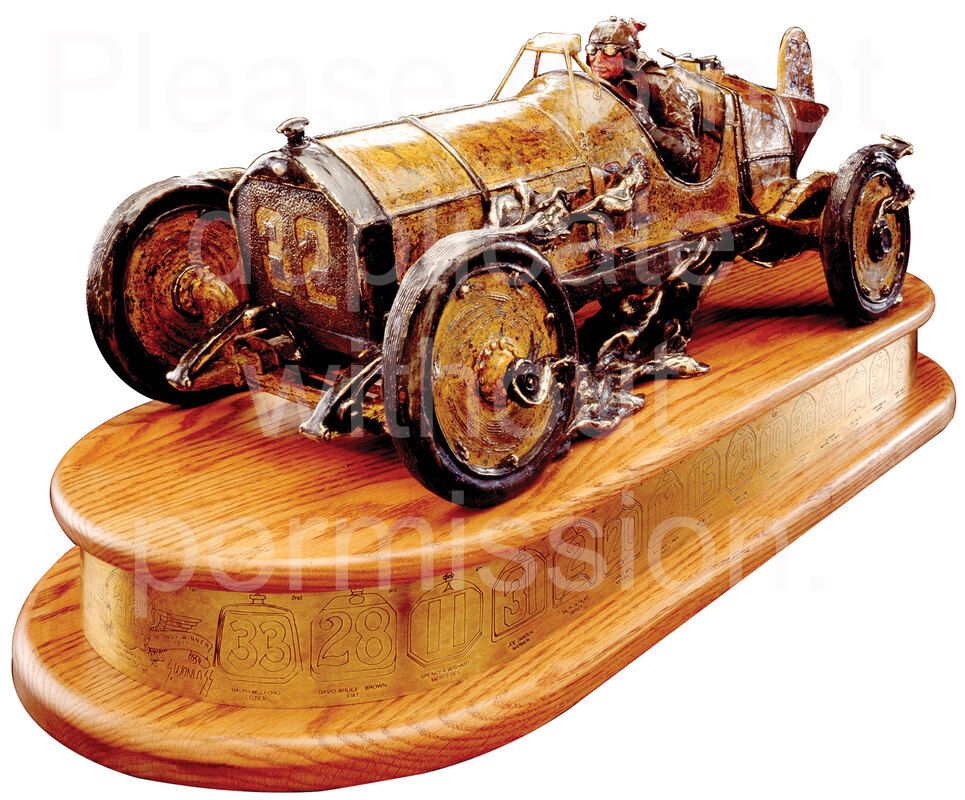
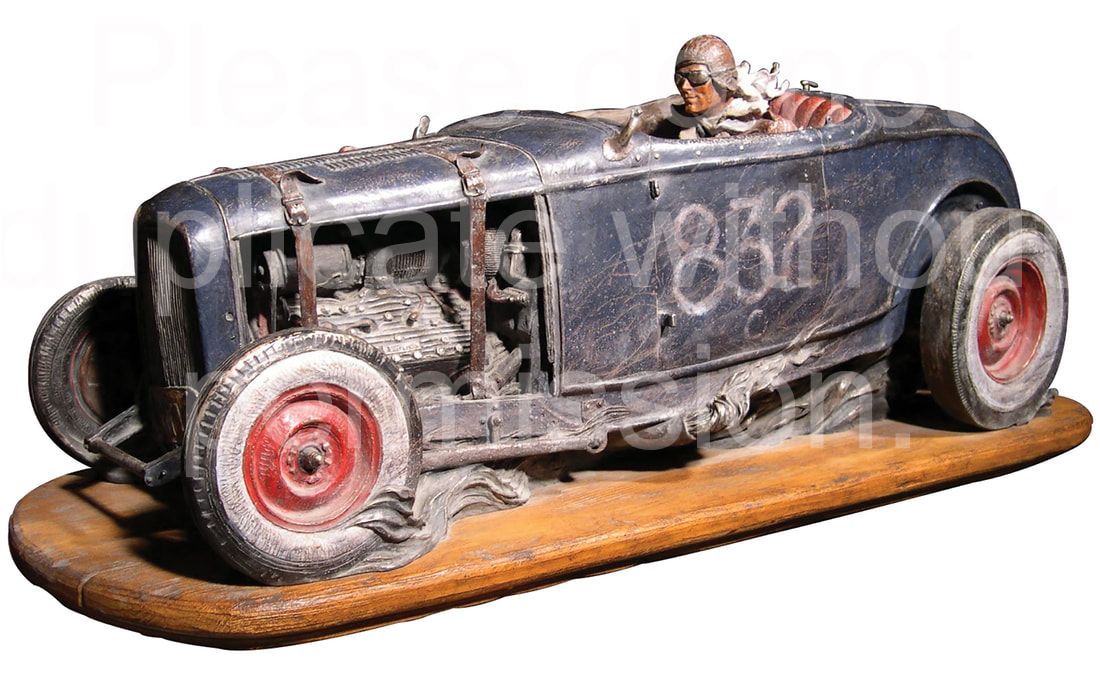
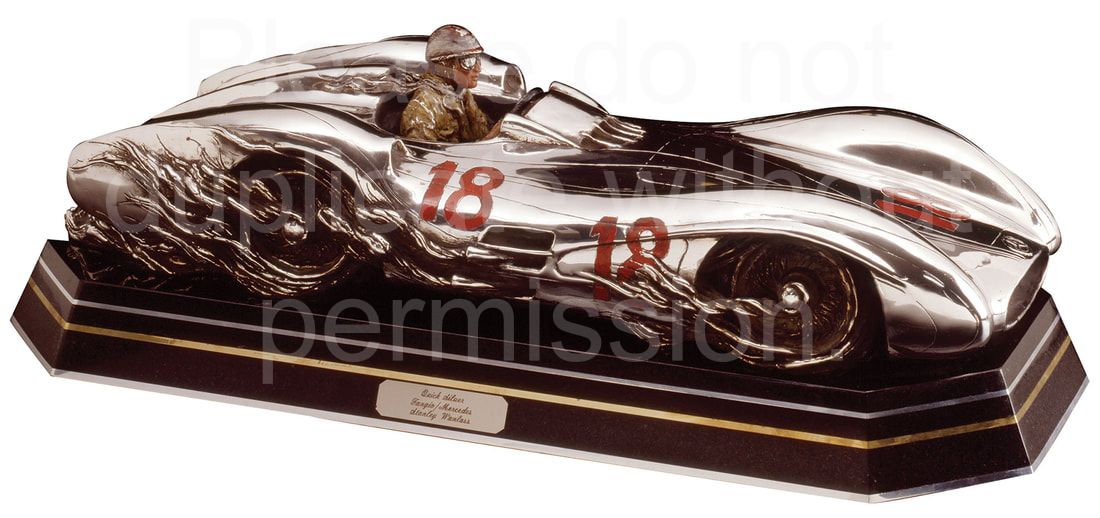
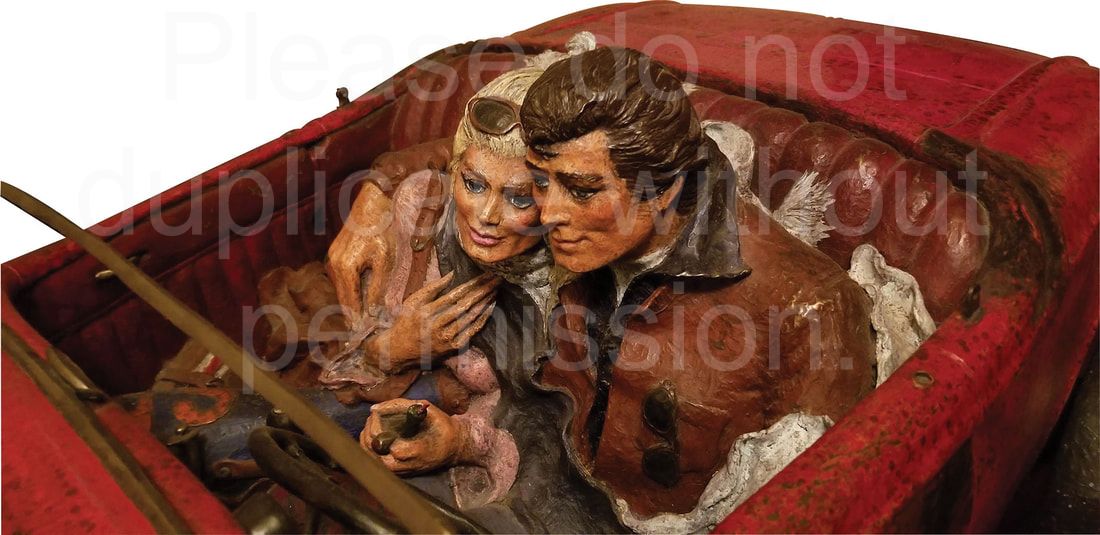
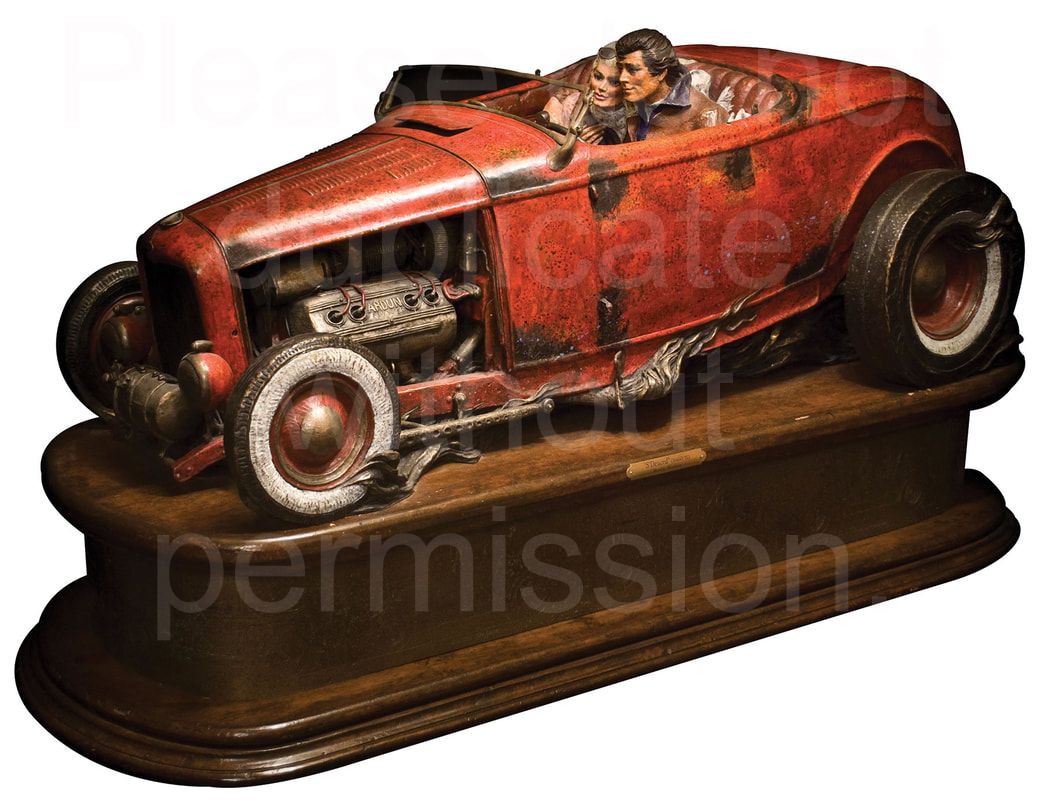
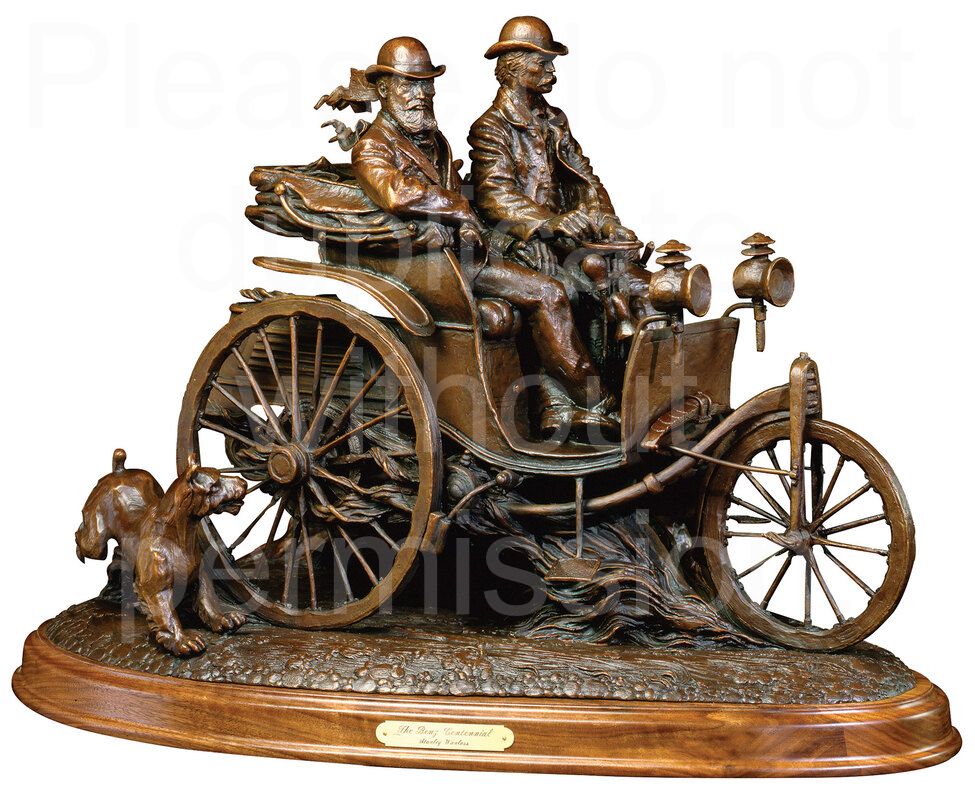
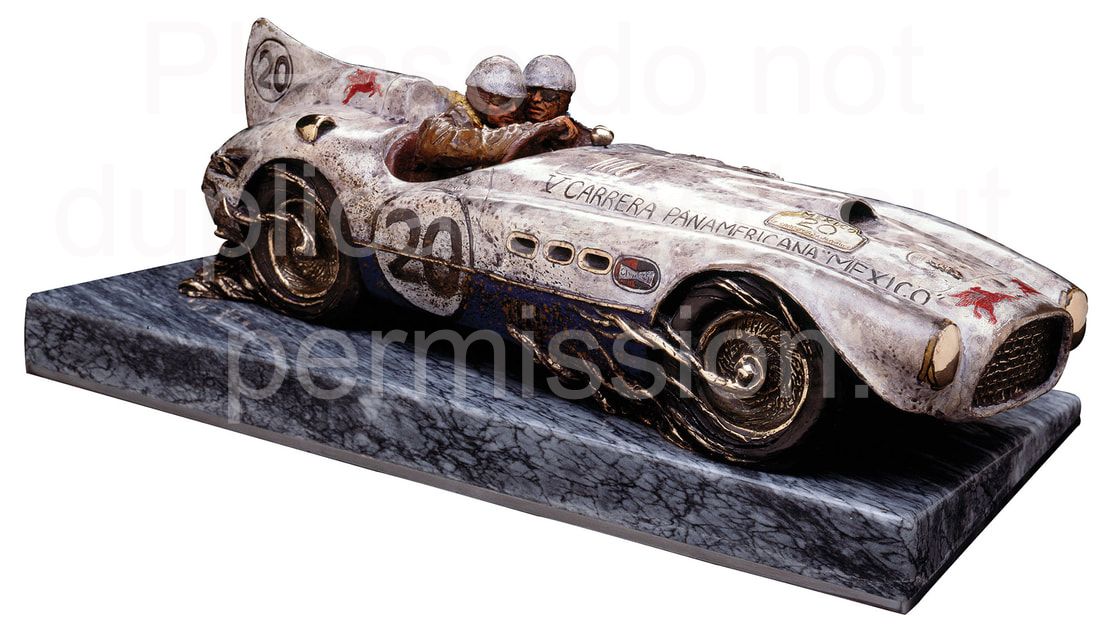
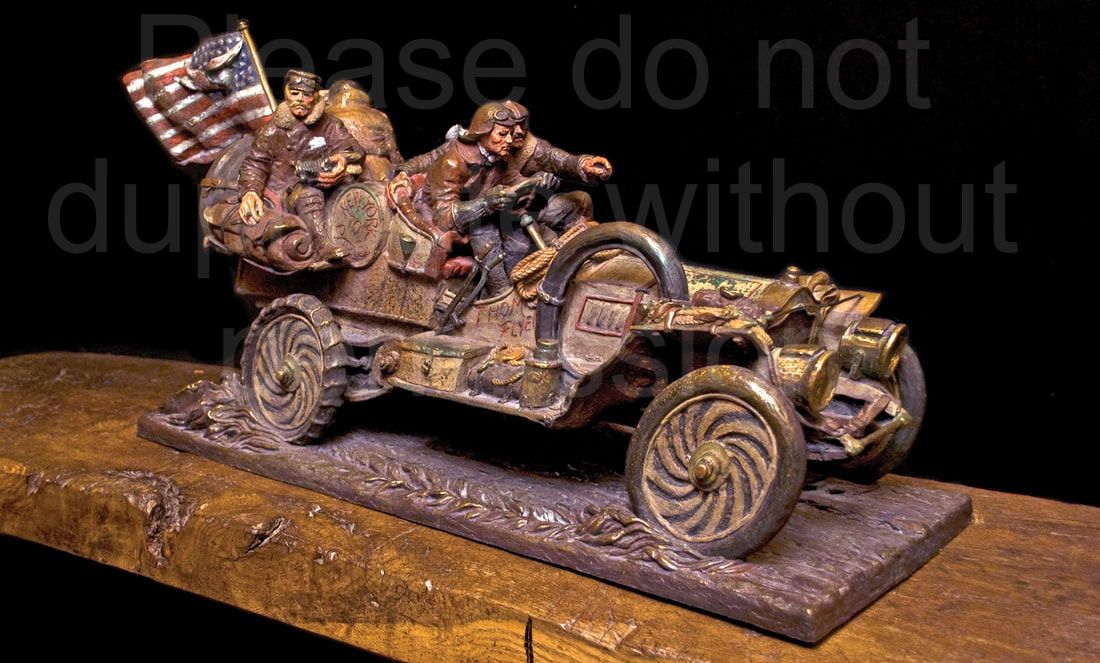
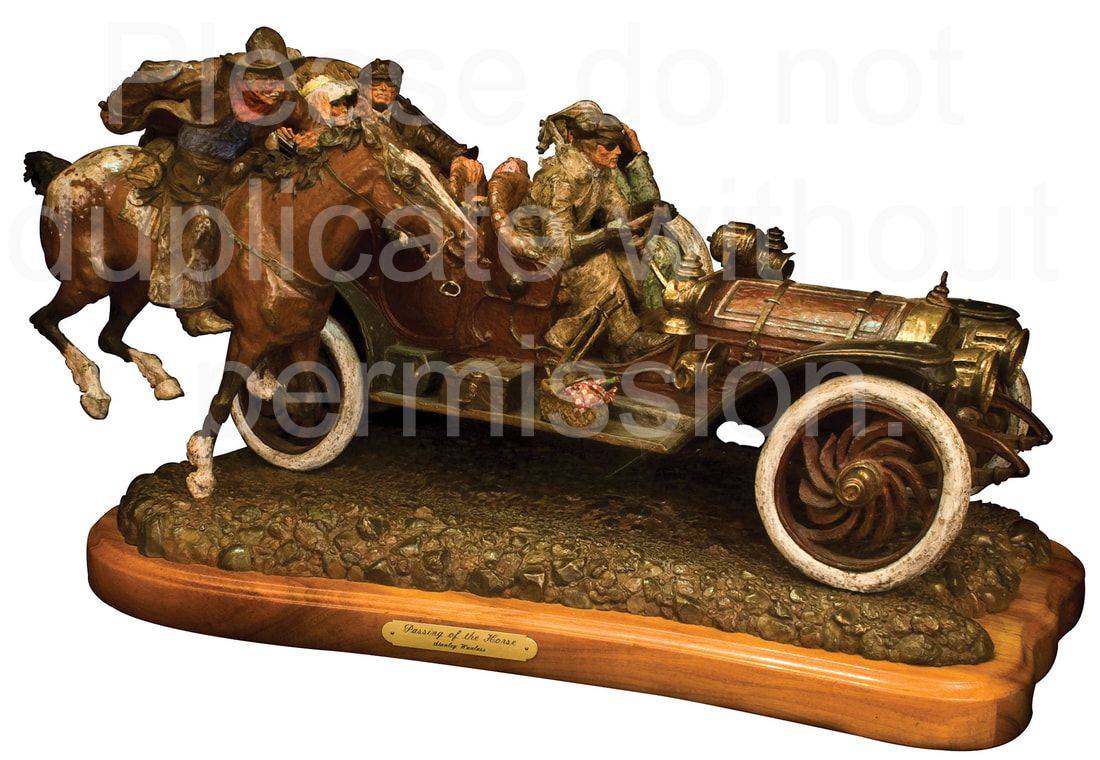
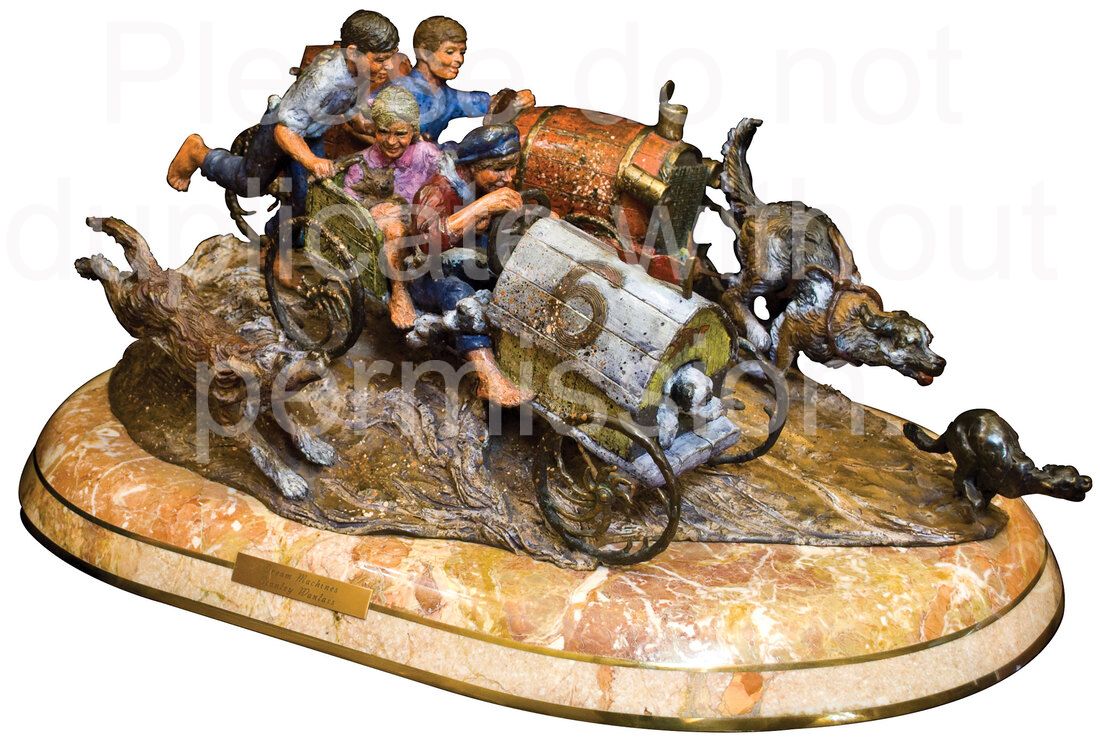
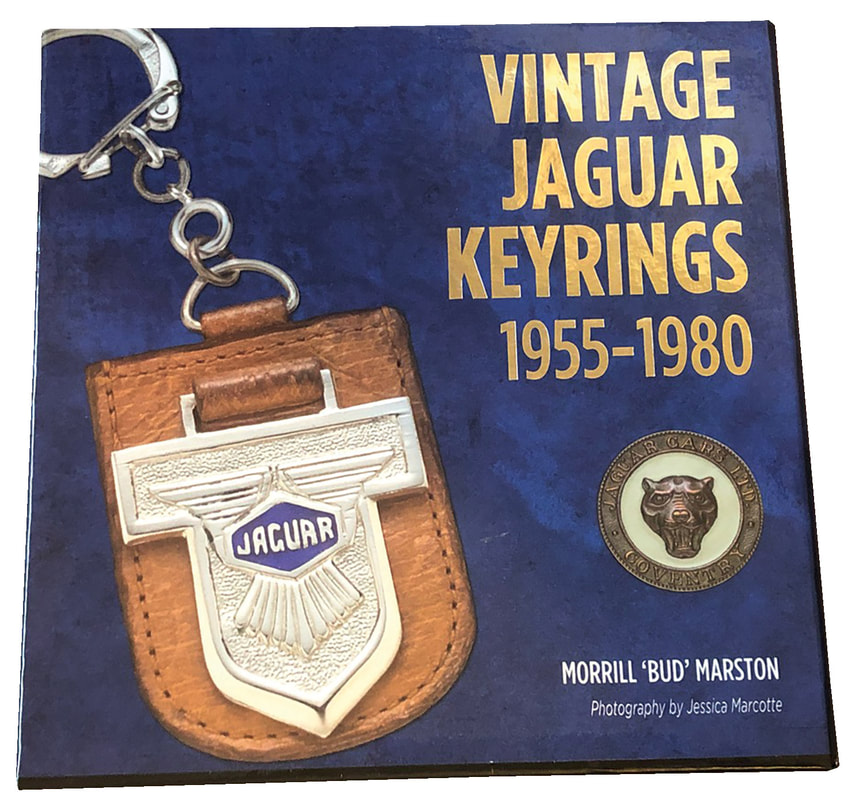
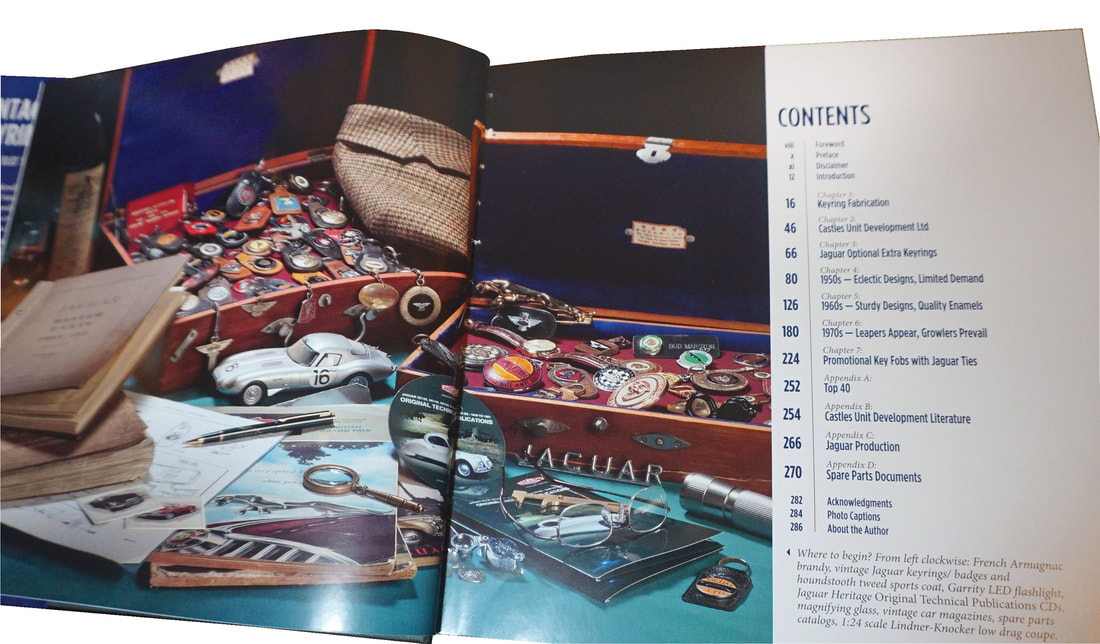
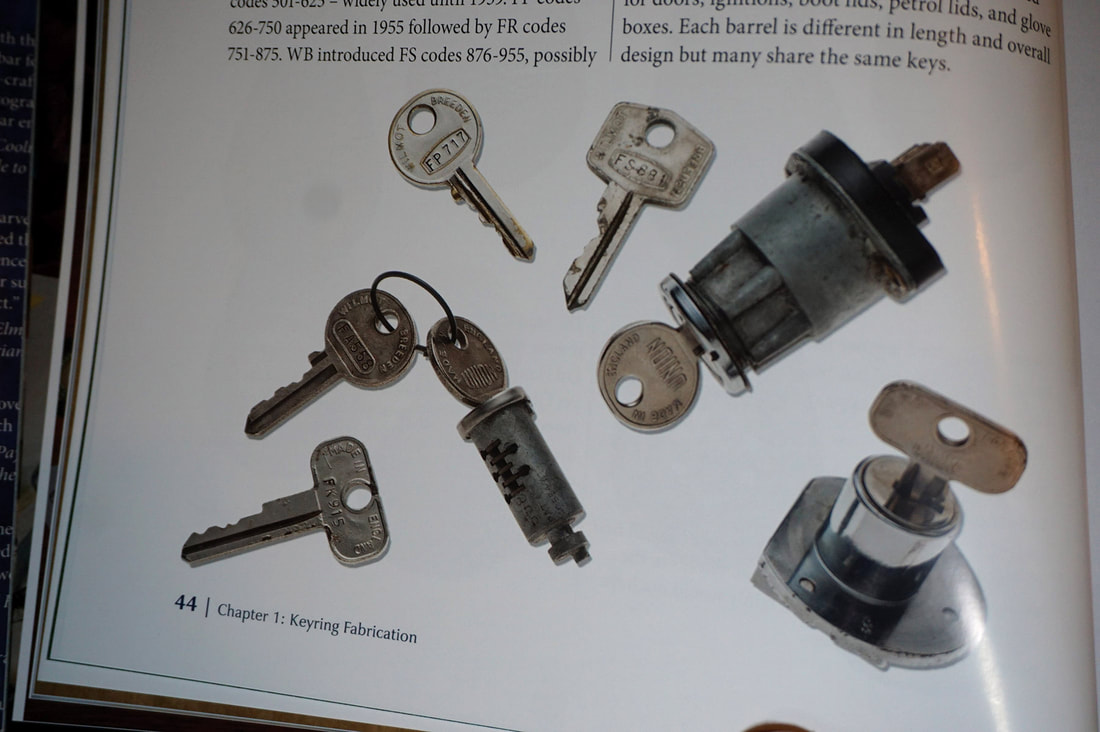
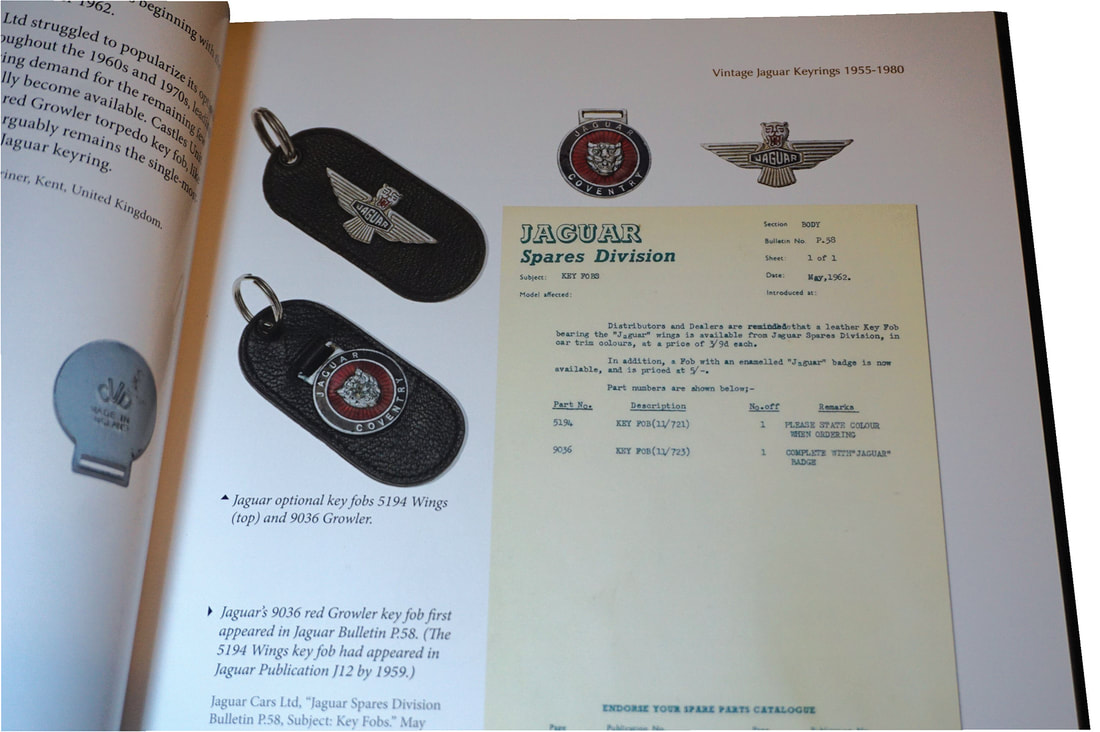
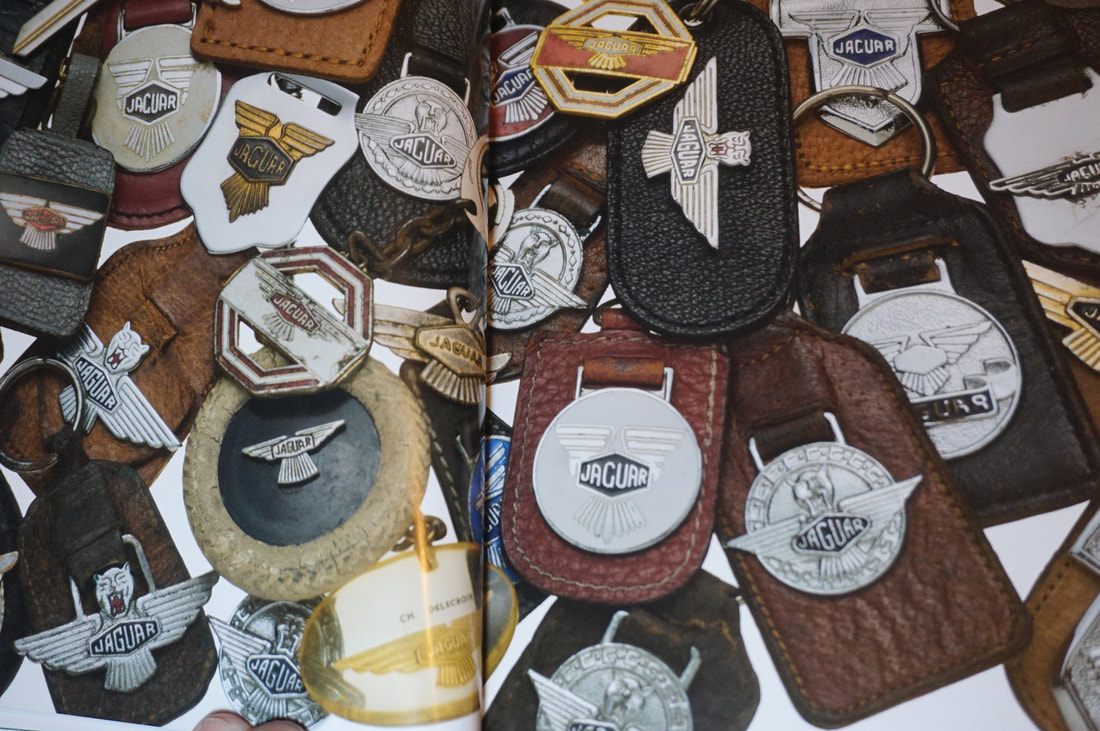
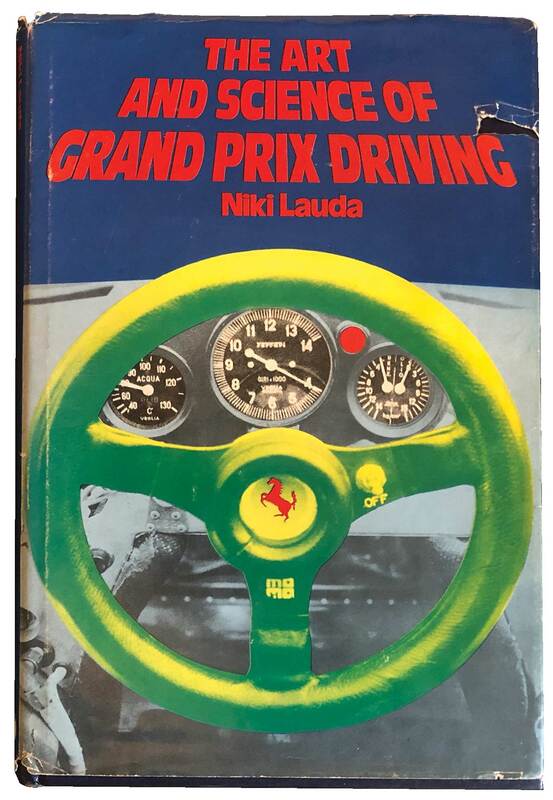
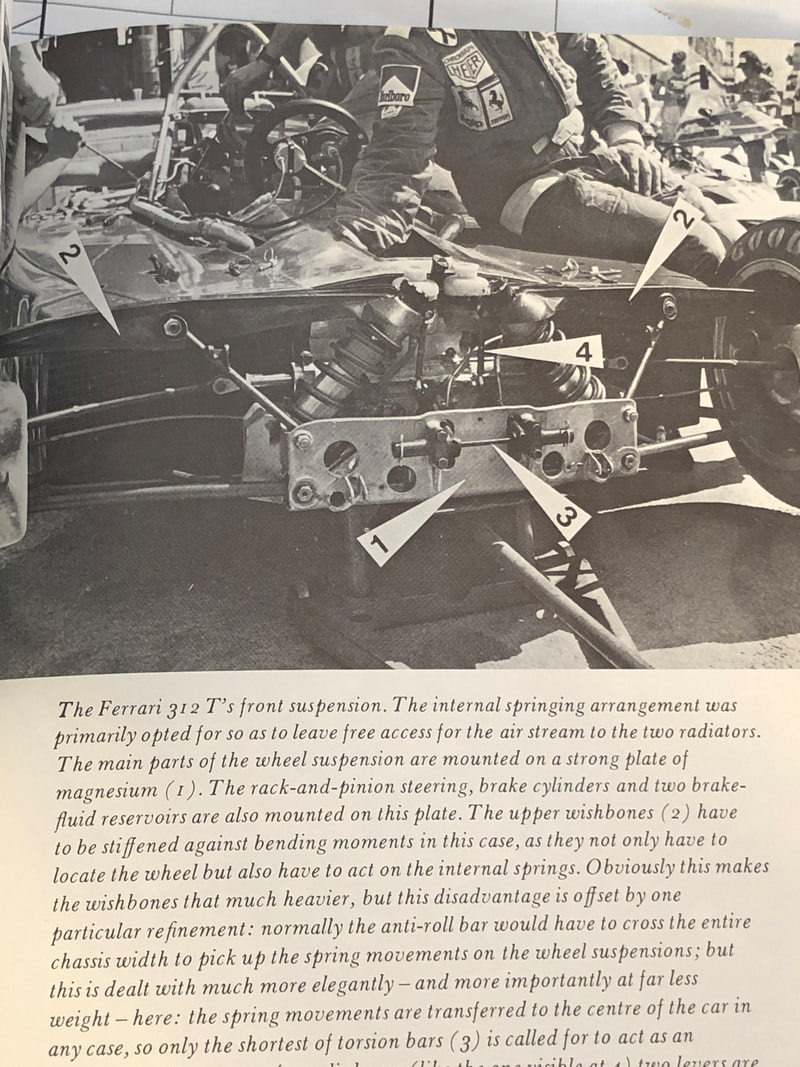
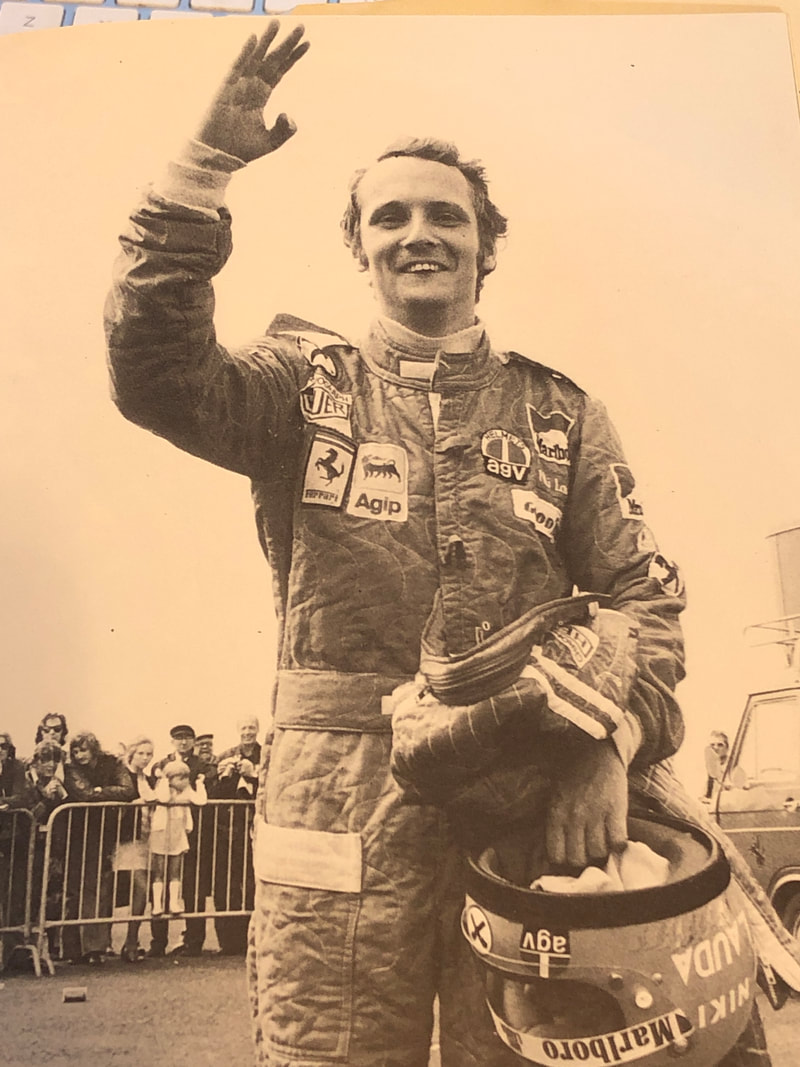
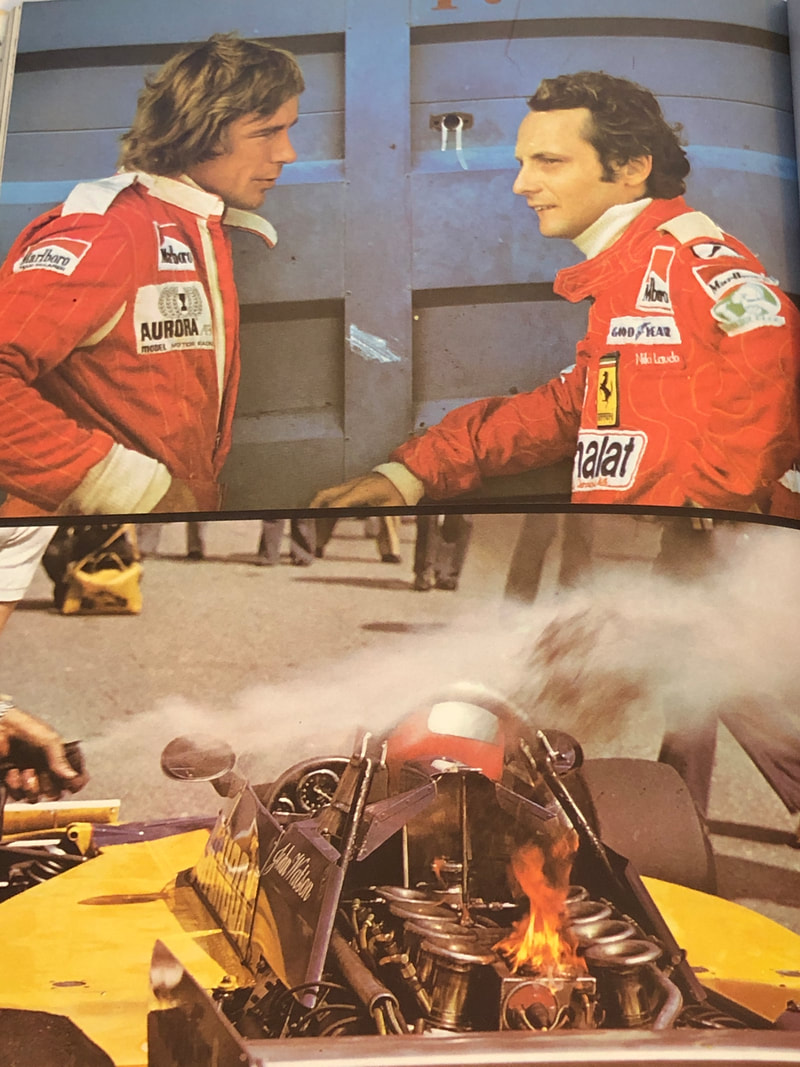
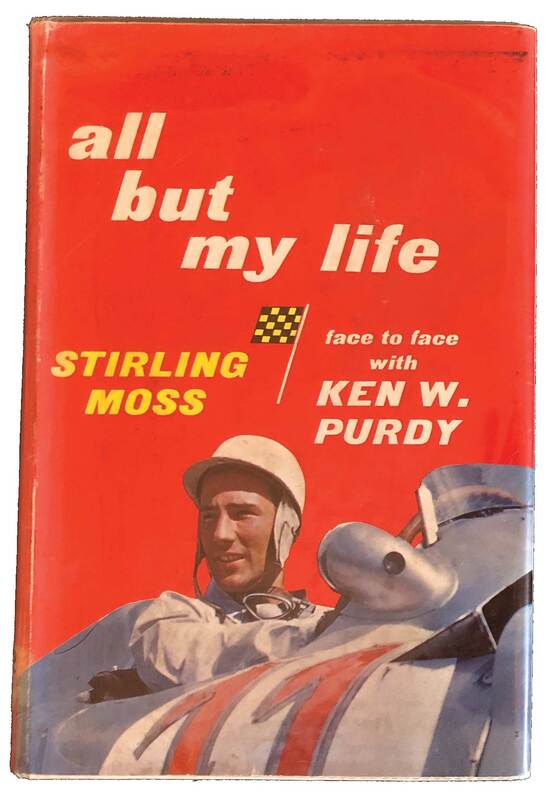
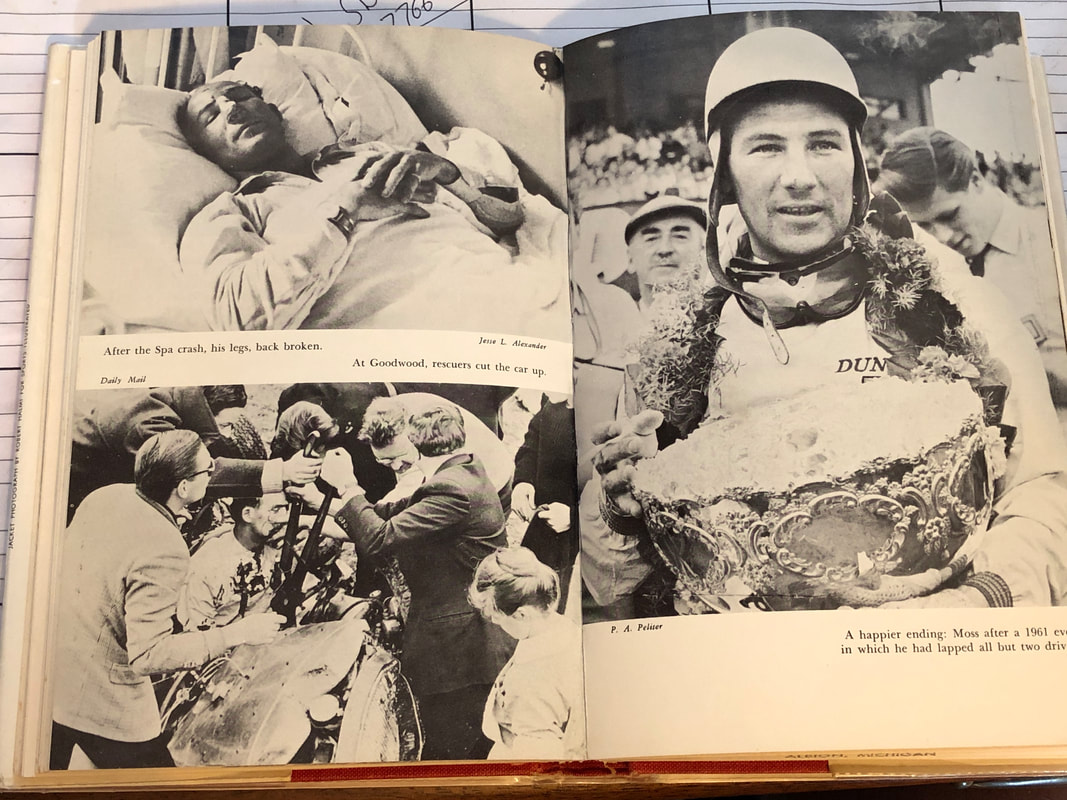
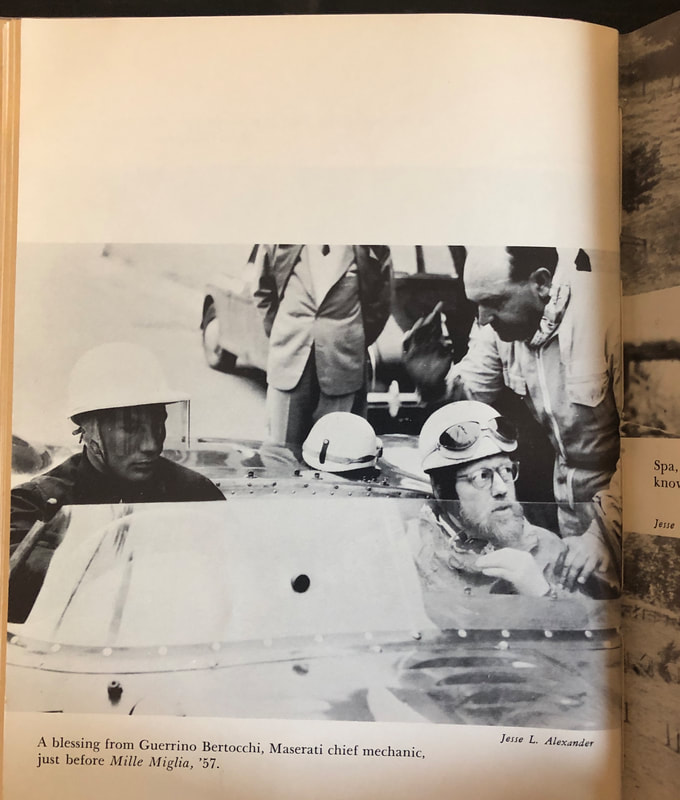
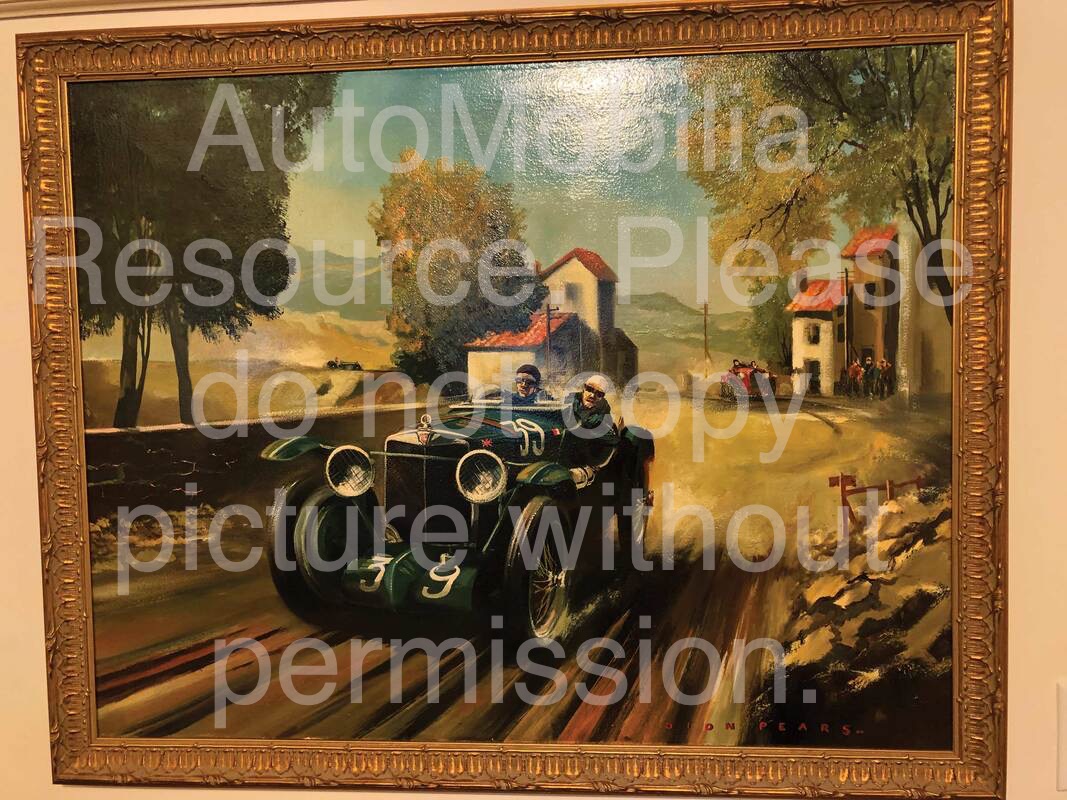
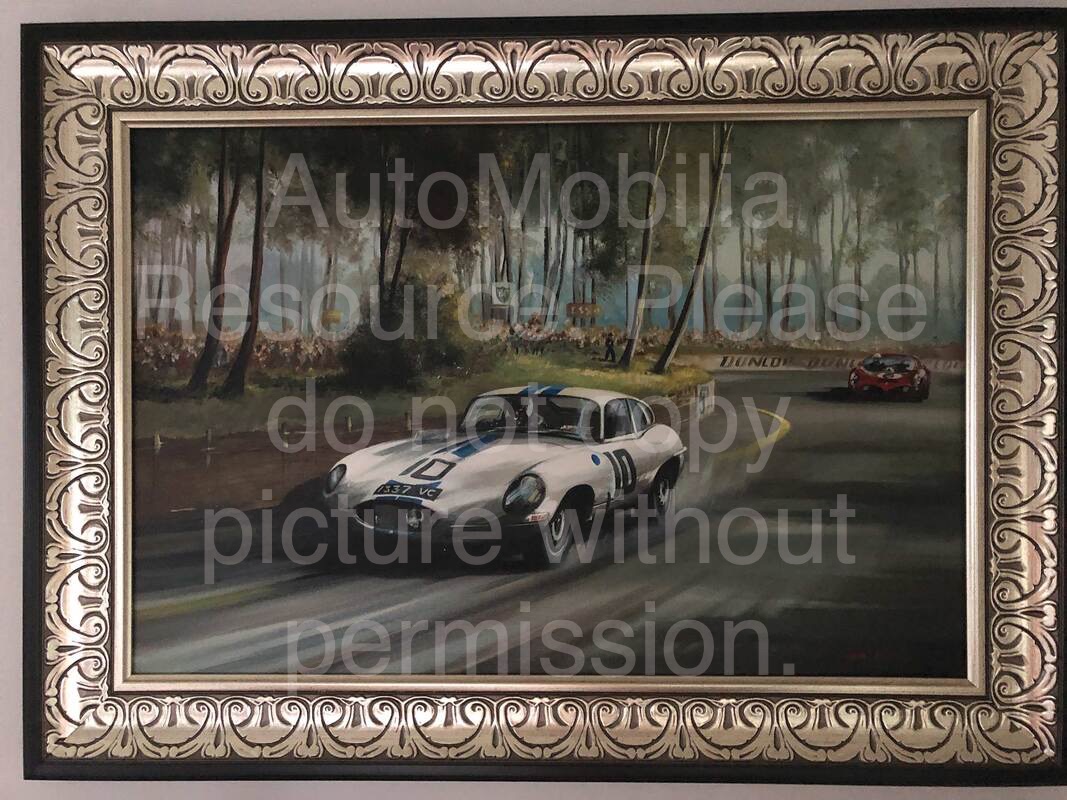
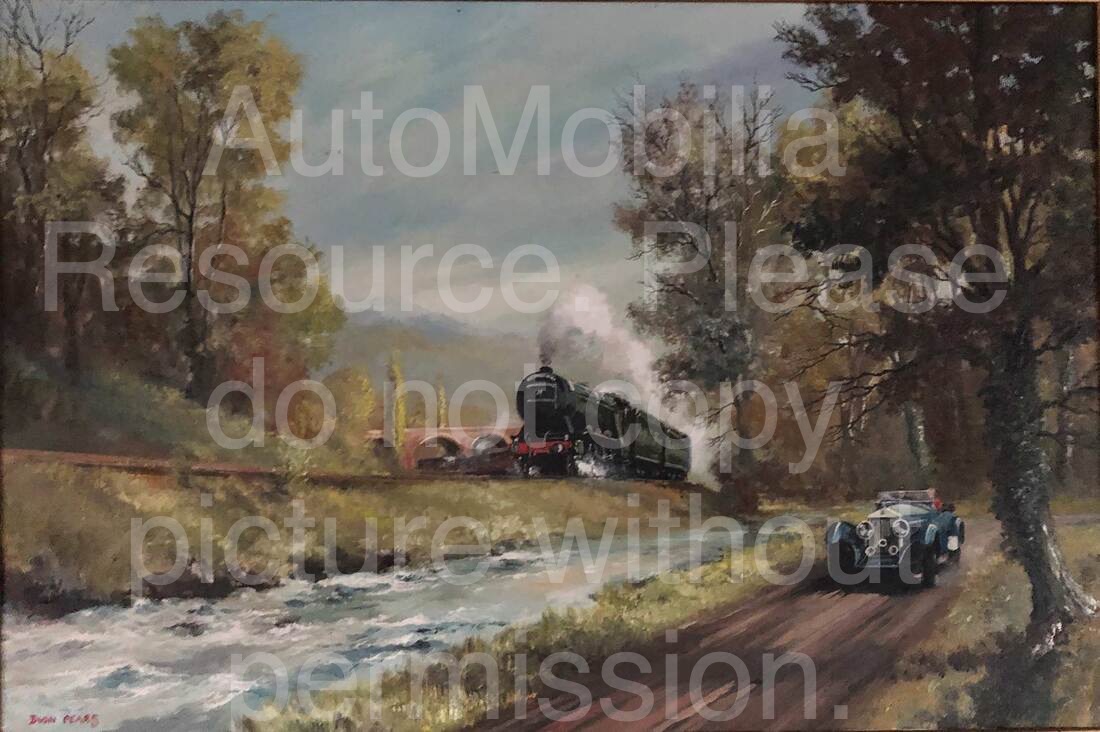
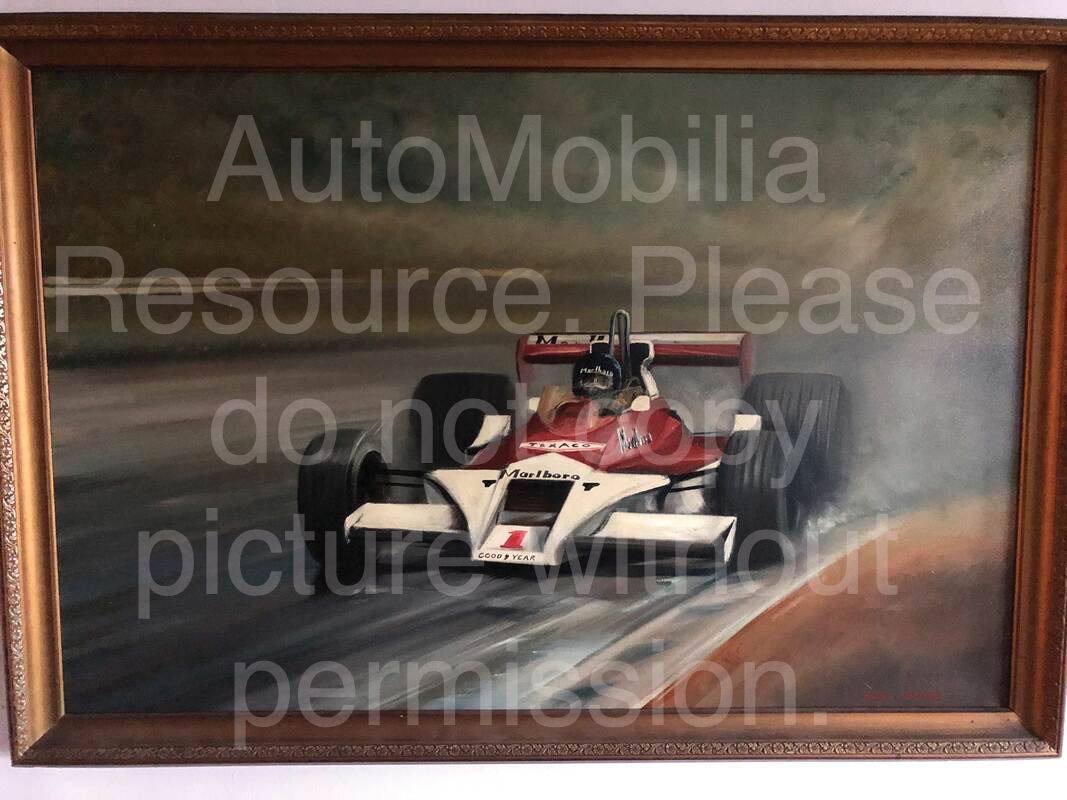
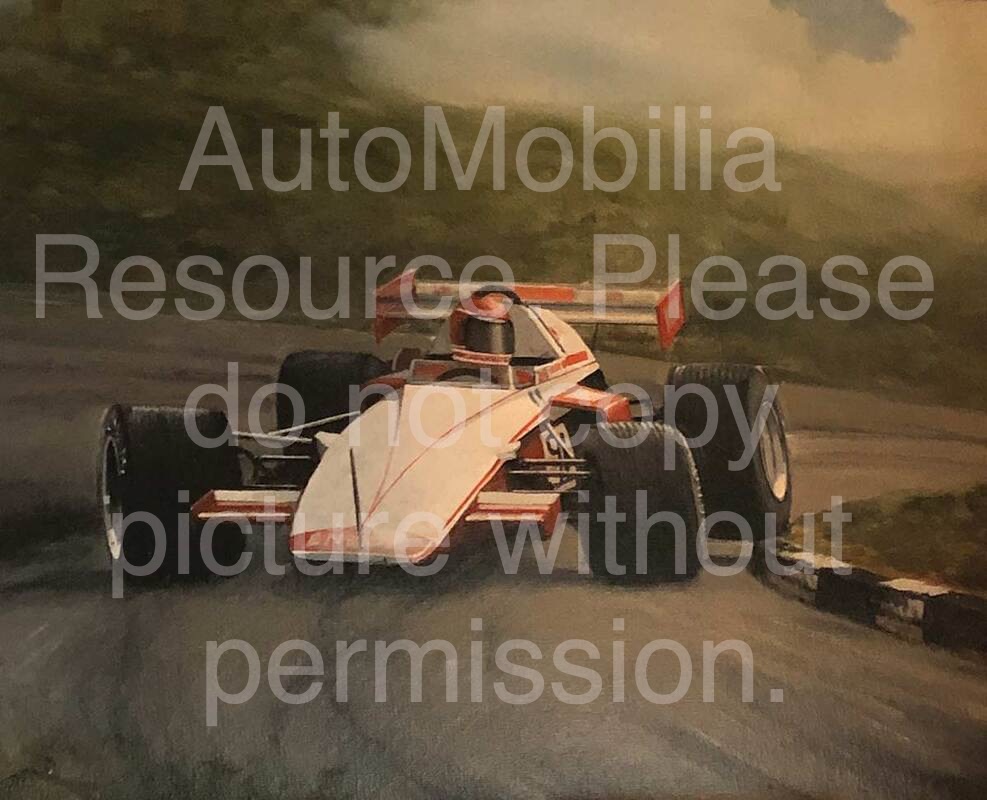

 RSS Feed
RSS Feed